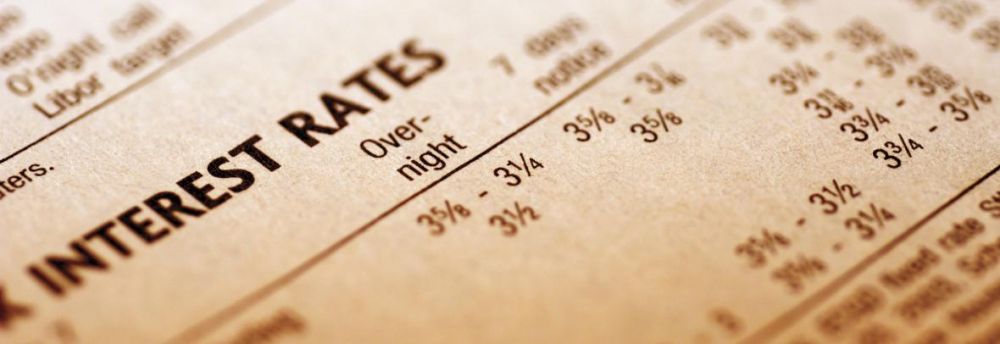WASHINGTON – The average long-term U.S. mortgage rate fell to its lowest level in more than four months, giving some relief to homebuyers faced with higher prices for just about everything, including homes.

It’s a slight drop from last week’s average of 6.15%, but it signifies a continued slow retreat by rates that hit an apparent high-water mark of 7.08% last fall.
Mortgage buyer Freddie Mac reported Thursday that the average on the benchmark 30-year rate inched down to 6.13% from 6.15% last week. A year ago the average rate was 3.55%.
The average long-term rate reached a two-decade high of 7.08% in late October and early November as the Federal Reserve continued to raise its key lending rate in a bid to cool the economy and tame inflation.
The big rise in mortgage rates during the past year has throttled the housing market, with sales of existing homes falling for 11 straight months to the lowest level in more than a decade.
The National Association of Realtors said last week that existing U.S. home sales totaled 5.03 million last year, a 17.8% decline from 2021. That is the weakest year for home sales since 2014 and the biggest annual decline since 2008, during the housing crisis of the late 2000s.
Though home prices have retreated as demand has declined, they are still more than 10% higher than a year ago. Higher prices and a doubling of mortgage rates have made homebuying much less affordable for many people, but recent rate declines could give some homebuyers new hope.
At its final meeting of 2022, the Federal Reserve raised its rate 0.50 percentage points, its seventh increase last year. That pushed the central bank’s key rate to a range of 4.25% to 4.5%, its highest level in 15 years.
Though inflation at the consumer level has declined for six straight months, Fed officials have signaled that they may raise the central bank’s main borrowing rate another three-quarters of a point in 2023, which would be in a range of 5% to 5.25%.
Rates for 30-year mortgages usually track the moves in the 10-year Treasury yield, which lenders use as a guide to pricing loans. Investors’ expectations for future inflation, global demand for U.S. Treasurys and what the Federal Reserve does with interest rates can also influence the cost of borrowing for a home.
The rate for a 15-year mortgage, popular with those refinancing their homes, also fell this week, to 5.17% from 5.28% last week. It was 2.80% one year ago.
information provided by: Florida Realtors






